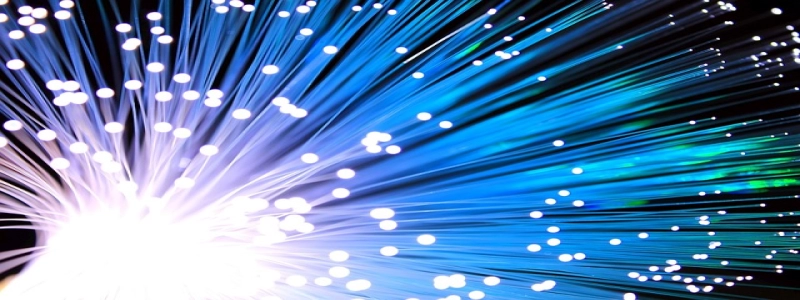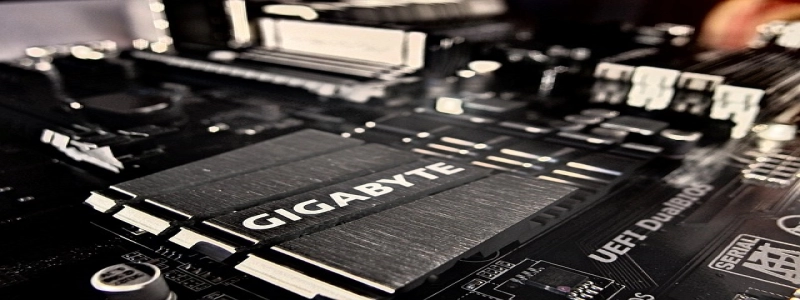Antenna Connector Types
I. Introduction
A. Definition of Antenna Connectors
B. Importance of Antenna Connectors in Communication Systems
II. Types of Antenna Connectors
A. SMA Connector
1. Description of SMA Connector
2. Common Uses of SMA Connector
3. Advantages and Disadvantages of SMA Connector
B. RP-SMA Connector
1. Description of RP-SMA Connector
2. Common Uses of RP-SMA Connector
3. Advantages and Disadvantages of RP-SMA Connector
C. N-Type Connector
1. Description of N-Type Connector
2. Common Uses of N-Type Connector
3. Advantages and Disadvantages of N-Type Connector
D. BNC Connector
1. Description of BNC Connector
2. Common Uses of BNC Connector
3. Advantages and Disadvantages of BNC Connector
E. TNC Connector
1. Description of TNC Connector
2. Common Uses of TNC Connector
3. Advantages and Disadvantages of TNC Connector
III. Factors to Consider When Choosing an Antenna Connector
A. Frequency Range
B. Power Handling Capability
C. Durability and Reliability
D. Ease of Installation
IV. Conclusion
A. Summary of Antenna Connector Types
B. Importance of Choosing the Right Antenna Connector
C. Final Thoughts and Recommendations
I. Introduction
Antenna connectors are essential components in communication systems as they provide a reliable and secure connection between antennas and devices. They ensure the efficient transfer of signals, maximizing the performance and range of communication systems.
II. Types of Antenna Connectors
A. SMA Connector
The SMA (SubMiniature version A) connector is a popular type of antenna connector. It features a threaded interface, making it easy to connect and disconnect. SMA connectors are commonly used in WiFi routers, mobile phones, and GPS devices. They offer good electrical performance but can be easily damaged if mishandled.
B. RP-SMA Connector
The Reverse Polarity SMA (RP-SMA) connector is essentially the opposite of the SMA connector. It has a reverse threaded interface, which prevents it from connecting to standard SMA connectors. RP-SMA connectors are commonly found in wireless networking devices and offer similar electrical performance to SMA connectors. However, care must be taken not to mix them up with standard SMA connectors.
C. N-Type Connector
The N-Type connector is a larger connector commonly used in high-power communication systems. It provides excellent performance and durability, making it ideal for outdoor and industrial applications. N-Type connectors are commonly used in base stations, satellite systems, and high-frequency applications.
D. BNC Connector
The Bayonet Neill–Concelman (BNC) connector is a quick-connect RF connector commonly used in video, audio, and networking applications. It features a twist-lock mechanism, allowing for easy and secure connections. BNC connectors are commonly used in CCTV cameras, oscilloscopes, and computer networks. They offer good electrical performance but are not suitable for high-frequency applications.
E. TNC Connector
The Threaded Neill–Concelman (TNC) connector is similar to the BNC connector, but it features a threaded coupling instead of a twist-lock mechanism. TNC connectors provide a more secure connection and are commonly used in wireless communication systems, radar, and avionics. They offer good electrical performance and are suitable for high-frequency applications.
III. Factors to Consider When Choosing an Antenna Connector
When selecting an antenna connector, several factors should be taken into account:
A. Frequency Range – Ensure that the connector is suitable for the desired frequency range to avoid signal loss.
B. Power Handling Capability – Consider the power rating of the connector to prevent damage or power loss.
C. Durability and Reliability – Choose connectors with durable materials and good contact quality to ensure long-term reliability.
D. Ease of Installation – Some connectors require specialized tools or techniques for installation, so consider the ease of installation when choosing a connector.
IV. Conclusion
In conclusion, antenna connectors play a crucial role in communication systems. Various connector types, such as SMA, RP-SMA, N-Type, BNC, and TNC, offer different features and applications. When choosing an antenna connector, it is important to consider factors such as frequency range, power handling capability, durability, and ease of installation. Selecting the right antenna connector will ensure optimal performance and reliability in communication systems.








